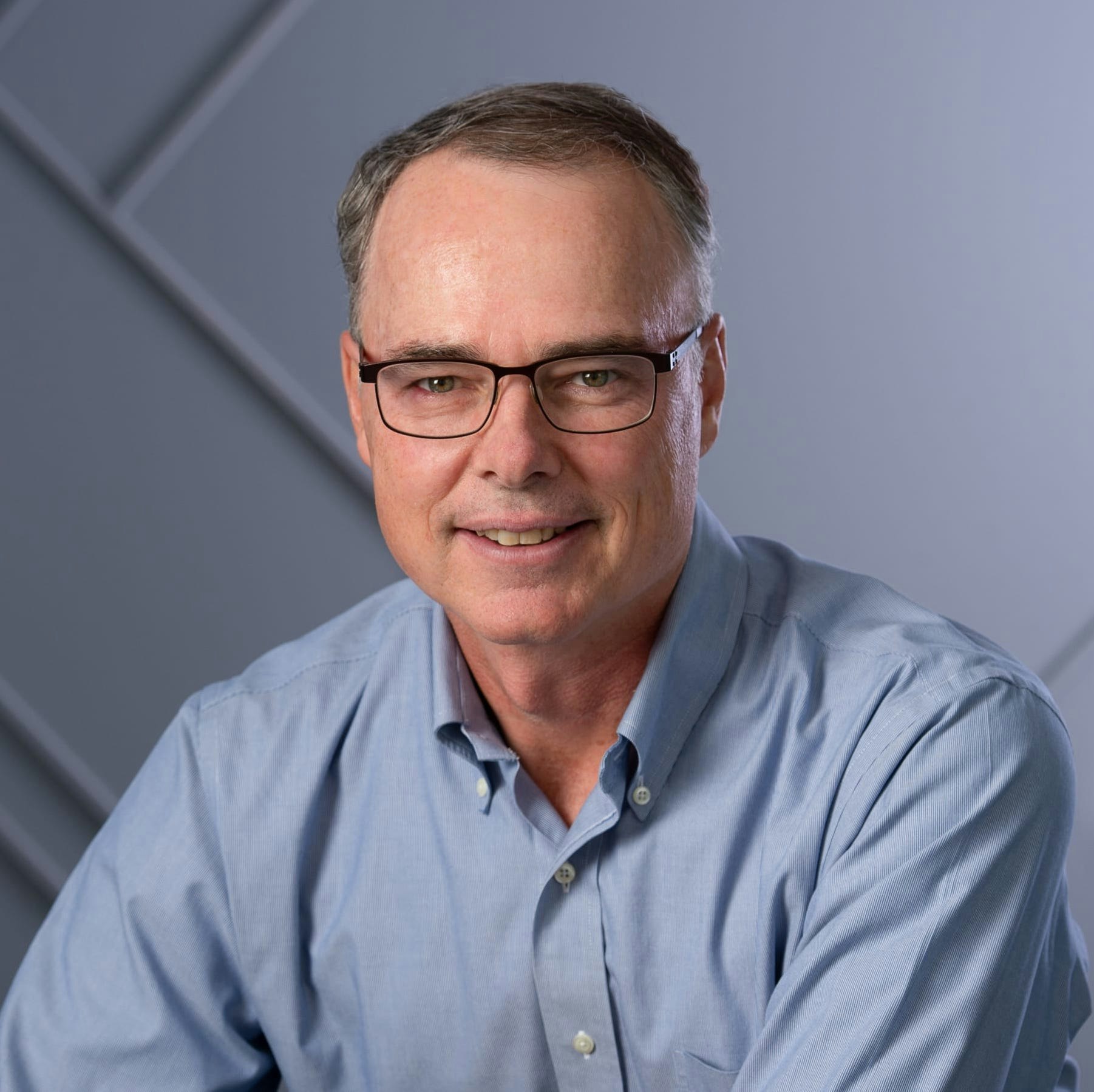HashiConf 2018 CEO Keynote: The State of HashiCorp
HashiCorp CEO Dave McJannet shares the story of HashiCorp over the last year.
Speakers
 Dave McJannetChief Executive Officer, HashiCorp
Dave McJannetChief Executive Officer, HashiCorp
HashiCorp exists to enable a common operating operating model for infrastructure.
Why? Because: - People want heterogeneity - People want a multi-cloud model - People want to run some of their workloads in their own data centers - People want multiple application infrastuctures (Kubernetes, CloudFoundry, Java, .NET, etc.)
It's often the case that systems of record live on-premises, and systems of engagement live in the cloud. Bridging those two worlds is a common challenge, and HashiCorp's role is to enable you to meet the challenge.
Over the last 12 months, there's been a big growth in our cloud-native products being used in enterprises. For example: - using Terraform to provision vShpere - using Vault to safeguard access to on-prem systems - using Consul to connect your hybrid environments together
You've come to expect a culture of innovation from HashiCorp. More than 100 of the F500 are now HashiCorp customers. That investment allows us to make all the enhancements we announced at HashiConf. It also allows us to build out our support organization across the globe.
Transcript
Thank you, Mitchell. As you can see, there’s a tremendous amount happening here at HashiCorp. There is a common theme to all of it, that underpins everything we do, and that is this commitment to enabling this common operating model for infrastructure. What’s clear to us, as a vendor that works with many in the Global 2000, is that heterogeneity is your reality. We think you’re going to have multiple cloud partners. You’re going to want to leverage the investments that they’re making over the next generation as they continue to build out the rich suite of services. We also think you’re going to run a lot of infrastructure of your own. We think that’s not going away anywhere.
We also recognize that there’s heterogeneity of application infrastructure, so whether it’s CloudFoundry or Kubernetes or Java apps or .NET apps or everything in between, this is going to be the collective world for all of us. To borrow a Jeffrey Moore analogy, what we see most commonly is this idea of systems of record being largely on premises and systems of engagement being built on cloud.
And it is the bridging of those 2 worlds that is the challenge for all of us is. How do I build a net-new customer engagement application on cloud that also protects mainframe on-premises investments. That is a scenario we see relatively frequently. So we view our role as an enabler of that. And one of the coolest things for us over the last 12 months has been to see how these cloud-native products have worked their way inside the enterprise. So it’s super common today for us to see people using Terraform to provision their vSphere. We see people using Vault to basically safeguard access to systems and applications on premises. And the one we’re most excited about is around the connectivity of Consul and what that enables for you across these hybrid environments, as Mitchell described.
Really quick recap of what was announced: We are, in a sense, 4 companies in 1, which makes it a little bit difficult to communicate what’s happening, but suffice it to say we’ve had announcements across all 4 aspects of our portfolio from Vault with Vault Advisor, to Consul, to Terraform, and to Nomad. And I think this culture of innovation is one you’ve come to expect from us.
I want to just speak for just a second about the investments we’re making as a company because, not surprisingly, we’ve seen tremendous growth over the last 12 months, and that is only because of the investments that many of you have made in partnering with us. Last quarter we crossed over 100 of the Fortune 500 are commercial customers of ours. It is that investment that has allowed us to invest in our company at the pace that we have. It is that investment that allows us to make the model work for all of us. We now have, as Armon pointed out, over 300 employees in the company. The biggest team is our product and engineering organization, and it always will be. That is by design; that is how our model works.
We invest in the product first, so we can continually sustain the innovation that you see. That explains the product announcements we’ve made today. But I also want to touch on the support and success investments that we’ve made. We now have a support organization that covers many thousands of tickets a year spanning all 3 time zones in the US. We now have 3 different support clusters in Europe, and we’re building out our first one in Asia this year as well.
We understand the role that we play, from any view, in the infrastructure that you run. We understand the seriousness of that. We thank you for the partnership. Our goal is to be your partner as you navigate this transition for the next generation and beyond. I hope you have a great time at this conference today. I know we’re running long, so I’ll keep it short. Thank you. Really appreciate the support. We look forward to spending some more time with you and hopefully you can stick around for Paul’s session, which is coming up next. Thank you.


